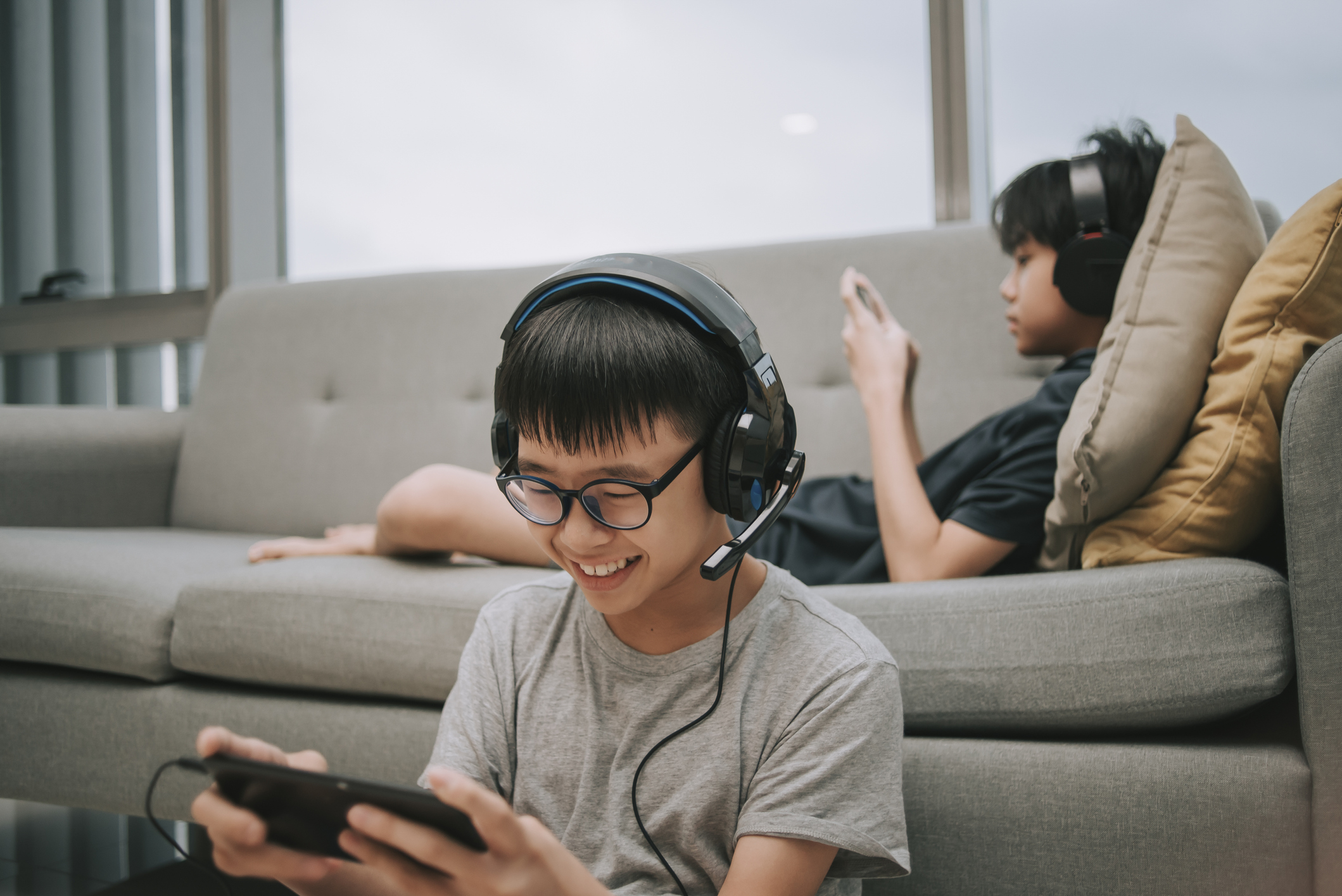“I can’t go to bed,” my son said, his blue eyes tired but eager for me to back down. “I’m not done with my homework.” He had his laptop open on the kitchen table and a math packet next to it. Well, I thought, he had a busy afternoon of biking and trombone lessons. I guess he could stay up a little while longer. When kids have access to the internet, homework seems to take twice as long. But this is one of several issues children face online today.
Kids today grapple with many “digital dilemmas,” as Harvard University’s Project Zero and Common Sense Education have found. Here are 4 issues children face online and how to help.
1. Distraction
This is the biggest of the four problems in our home. My son gets so distracted when he’s trying to complete an assignment online. He’s often guilty of being sucked into YouTube videos and gaming sites and before he knows it, so much time has passed.
What to do: Block as many sites as you can. Put your child in a high-traffic area so you can see his screen. For my son, we’ve said no to ear buds and music while he does his homework too. Some evenings, to prevent distraction, I sit next to him at the table and act as an accountability partner. When your child knows you’re watching, he’s less likely to sneak onto “fun” sites. Final thought: Encourage other ways (besides social media and games) to take a break. Maybe he takes five minutes to play with the dog, stroll around the house, or eat a snack.
2. FOMO
You might suspect your child has FOMO (Fear of Missing Out) if she feels a constant need to check social media or refresh her screen for updates. She might also feel sad, lonely, or depressed after being on social media for a while, according to McAfee, a company that focuses on online protection.
What to do: If FOMO is something that affects your child, you might want to put time limits on her social media apps AND limits on screen usage. Also, have your kid turn in her screens to you before bedtime. Sleep deprivation can make FOMO even worse.
3. Bullying
Another problem kids face with screens is bullies. They can pop up in many different online places: video chat sites like Discord, photo sharing apps like Instagram and Snapchat, gaming sites like Minecraft and Roblox, and even Facebook Messenger Kids. Other popular platforms among kids right now include Houseparty, Telegram, Askfm, and Twitch. And users can often start conversations or ask questions anonymously. This can open the door for kids to behave in ways they wouldn’t otherwise in person.
What to do: Find your child’s privacy settings on her devices, and make sure her personal information, including her location, isn’t public. Know your child’s username and passwords as well. StopBullying.gov suggests monitoring your child’s browsing history as well. If bullying is already a problem, encourage him to step away from his device for a while. Then, consider reaching out to the school. Often, cyberbullying continues offline, and you might want to know what the school’s policies and procedures are to address this issue.
4. Wellbeing
In a report by the US Surgeon General Vivek Murthy, MD in 2023, Murthy found that students among 12 to 15 year-olds “found that adolescents who spent more than 3 hours per day on social media faced double the risk of experiencing poor mental health outcomes including symptoms of depression and anxiety.” But it’s not just the effects of social media. My kid’s stressed from all his online homework and trying not to get distracted.
What to do: Teach your child how to budget his time better. Occasionally, you can also encourage “good enough” thinking with assignments. Encouraging free time activities that don’t involve screens will also be good for their wellbeing.
What are some other issues children face online?










